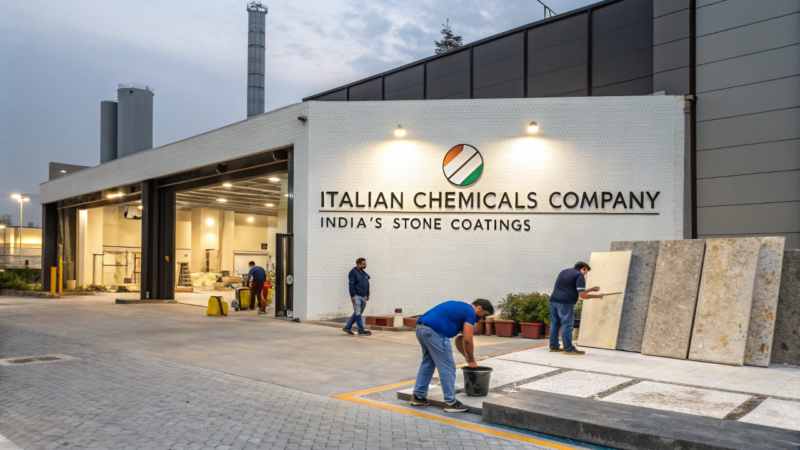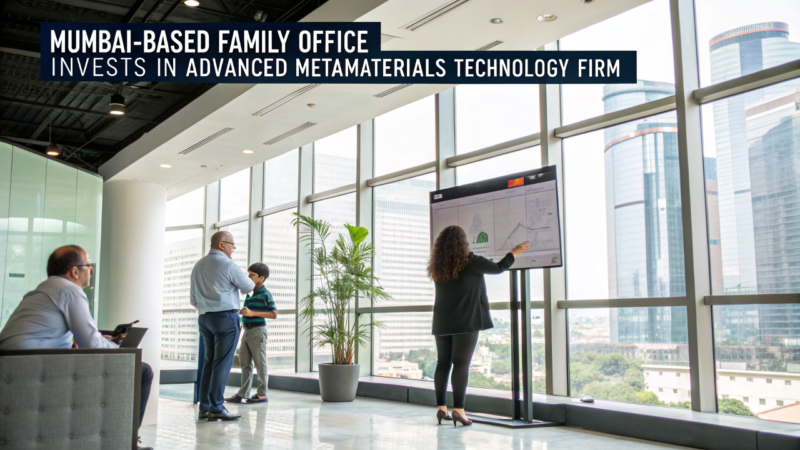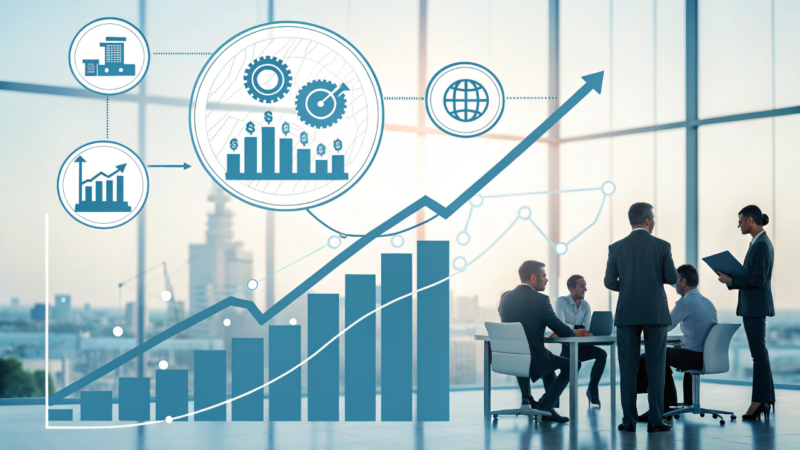
Introduction
As water scarcity and environmental regulations intensify, Indian industries are increasingly turning to water reuse and recycling to reduce their dependence on freshwater sources. Recycled industrial wastewater is being leveraged in manufacturing, irrigation, and cooling systems, creating a $10+ billion market for water technology providers, EPC firms, and investors.
As India’s industrial and urban water demand grows, government policies and technological advancements are accelerating the adoption of wastewater treatment and reuse. This blog explores key trends, regulatory frameworks, emerging technologies, investment opportunities, and business models within India’s water reuse and recycling sector.
Why Water Reuse is Critical for Indian Industries
1. Growing Water Scarcity & Industrial Demand
- India’s industrial water demand is expected to reach 228 BCM (billion cubic meters) by 2025 (NITI Aayog, 2024).
- Cities like Chennai, Bengaluru, and Delhi face severe groundwater depletion due to over-extraction.
- Water-intensive industries like power plants, textiles, pharmaceuticals, and chemicals are increasingly mandated to adopt water reuse practices.
- Recycled wastewater can reduce freshwater consumption by up to 50%, easing pressure on limited freshwater sources.
2. Regulatory Push for Water Recycling
- Zero Liquid Discharge (ZLD) Mandates:
- The textile and pharma industries in Gujarat, Maharashtra, and Tamil Nadu are required to achieve ZLD to minimize industrial wastewater discharge.
- ZLD adoption is growing in industrial parks and Special Economic Zones (SEZs).
- Water (Prevention & Control of Pollution) Act, 1974: Mandates that industries treat and reuse a significant portion of their effluent.
- National Green Tribunal (NGT) Orders: Stricter enforcement of industrial effluent treatment and reuse to curb pollution.
- The CPCB (Central Pollution Control Board) is tightening effluent discharge norms, prompting industries to invest in water recovery systems.
Key Emerging Trends in Water Recycling
1. Membrane-Based Recycling Technologies
- Reverse Osmosis (RO) & Ultrafiltration (UF): Improve water recovery rates, achieving up to 90% recovery.
- Nanofiltration & Electrodialysis Reversal (EDR): Gaining traction for selective contaminant removal.
- Advanced Oxidation Processes (AOPs): Effectively remove emerging contaminants like pharmaceuticals and heavy metals from wastewater.
2. AI-Enabled Smart Water Reuse Systems
- IoT-based real-time monitoring: Optimizes wastewater reuse efficiency and enables predictive maintenance.
- AI-driven demand forecasting: Helps industries plan water recycling and optimize consumption.
- Blockchain-based water tracking: Enhances transparency and ensures regulatory compliance in water reuse operations.
3. Industrial Wastewater Circular Economy
- Treated wastewater is increasingly being reused for:
- Cooling towers & boiler feedwater in power plants.
- Process water in textile dyeing and manufacturing units.
- Irrigation in agriculture and green cover maintenance.
- Effluent reuse partnerships between municipal and industrial zones are becoming more common.
- New regulations promote the co-treatment of municipal and industrial wastewater to maximize reuse potential.
Business & Investment Opportunities
1. PPP-Based Wastewater Reuse Projects
- BOT (Build-Operate-Transfer) contracts are expanding for industrial wastewater recycling projects.
- Hybrid Annuity Model (HAM) is being used for municipal-industrial reuse partnerships.
- The government is offering Viability Gap Funding (VGF) for large-scale wastewater treatment projects.
2. Technology Providers & EPC Contractors
- There is growing demand for decentralized treatment and water recovery plants.
- EPC firms specializing in membrane technologies, IoT-enabled water monitoring, and AI-driven treatment systems are poised to capitalize on the market potential.
- Foreign firms can provide advanced smart wastewater recycling solutions through technology collaborations.
3. Financing Water Recycling Infrastructure
- Green bonds and sustainability-linked financing are emerging as major funding sources for water reuse projects.
- 100% FDI is allowed for foreign investors in India’s water sector.
- Multilateral organizations, such as the World Bank and Asian Development Bank (ADB), are funding industrial wastewater reuse projects.
Challenges & Solutions
- High Energy Costs: Solar-powered wastewater recycling plants are being promoted to reduce operational costs.
- Regulatory Delays: Collaborating with local EPC partners and compliance consultants helps navigate the approval process.
- Limited Awareness: Government-backed incentives and corporate sustainability programs are encouraging industries to adopt water reuse initiatives.
- High Initial Investment: PPP models, green financing, and government incentives are helping companies offset capital costs.
Future of Water Reuse in India
- India’s industrial wastewater reuse market is expected to grow at a CAGR of 12% over the next decade.
- There will be increasing adoption of AI-driven wastewater treatment plants.
- Water credit trading markets are expected to expand, allowing industries to offset water consumption through reuse investments.
- Collaboration between industrial clusters and municipalities will grow for large-scale water reuse projects.
Conclusion
Water reuse and recycling are poised to be game-changers for Indian industries, presenting billion-dollar opportunities for global water technology firms, investors, and EPC contractors. With strong regulatory support, emerging technologies, and active private sector participation, now is the ideal time to invest in India’s growing water reuse market.
External References & Citations:
- NITI Aayog – India’s Water Reuse Potential
- Ministry of Jal Shakti – Industrial Wastewater Reuse Policies
- CPCB – ZLD & Effluent Recycling Regulations
- PPP India – Public-Private Partnerships in Water Recycling
- World Bank India – Financing Industrial Water Reuse






